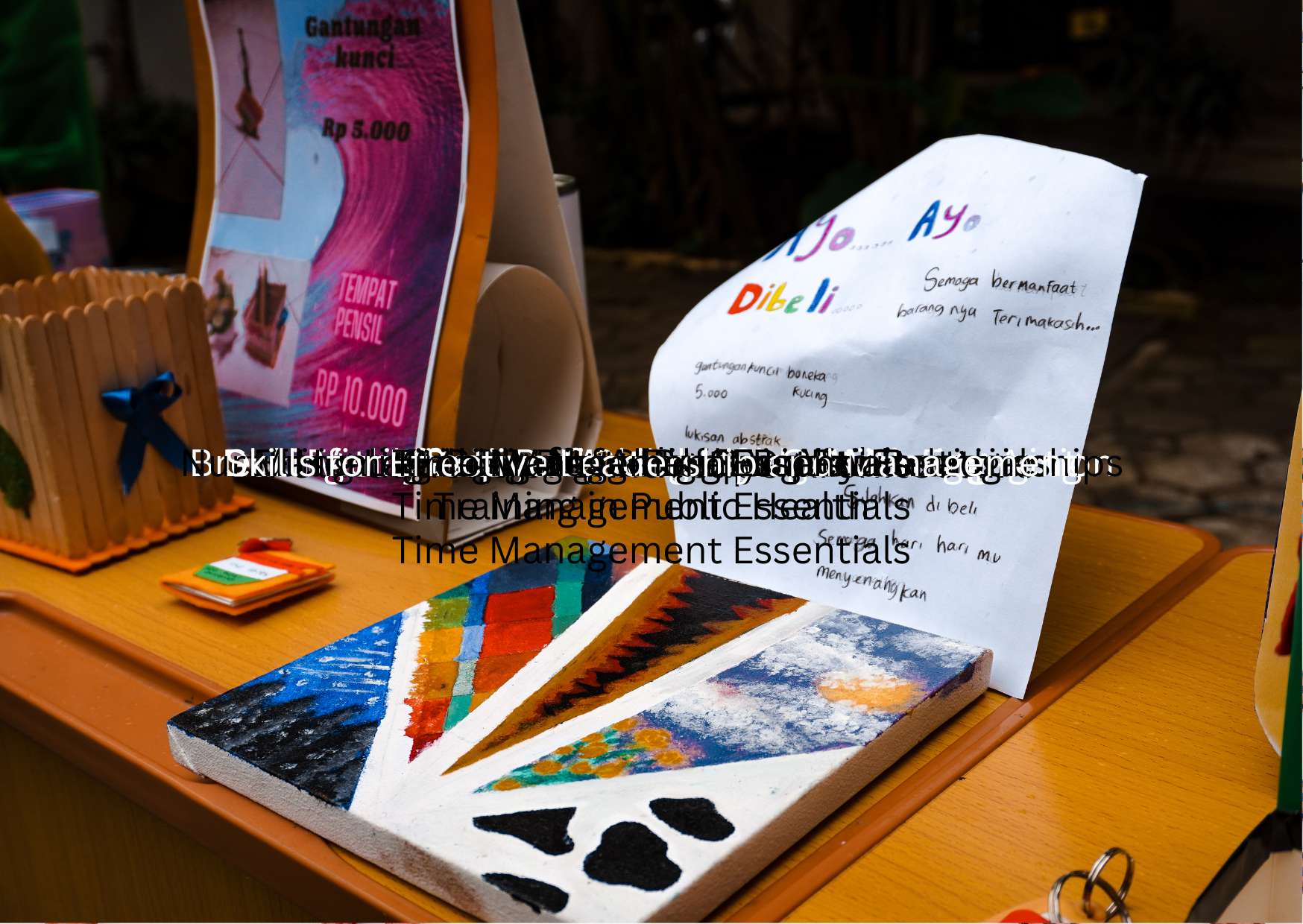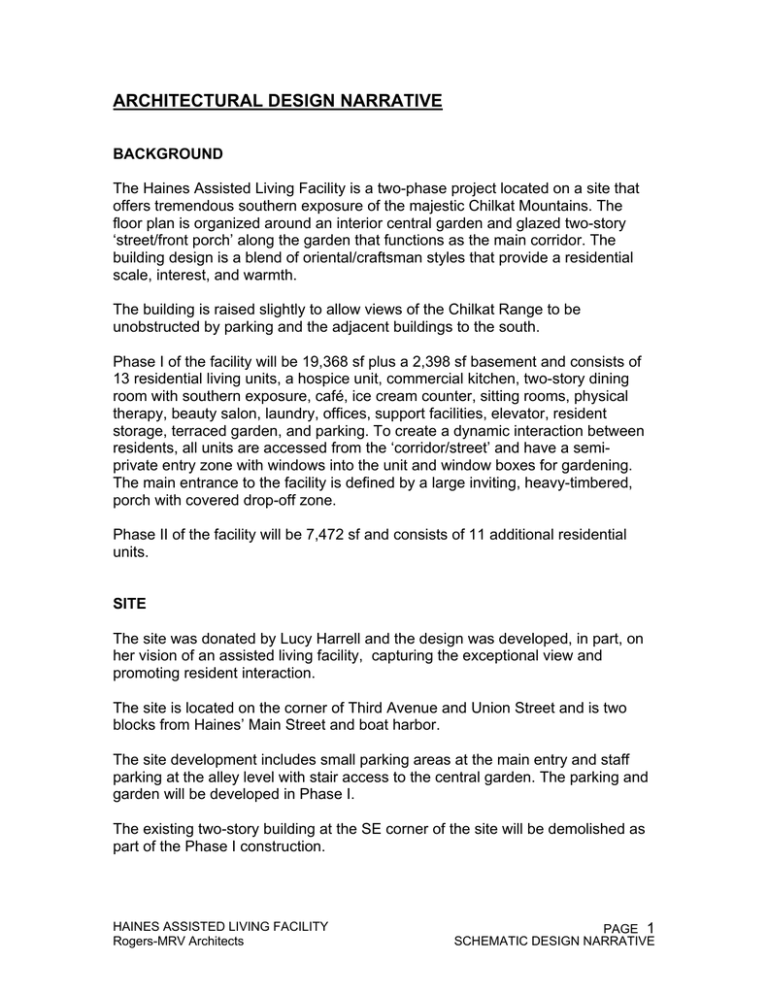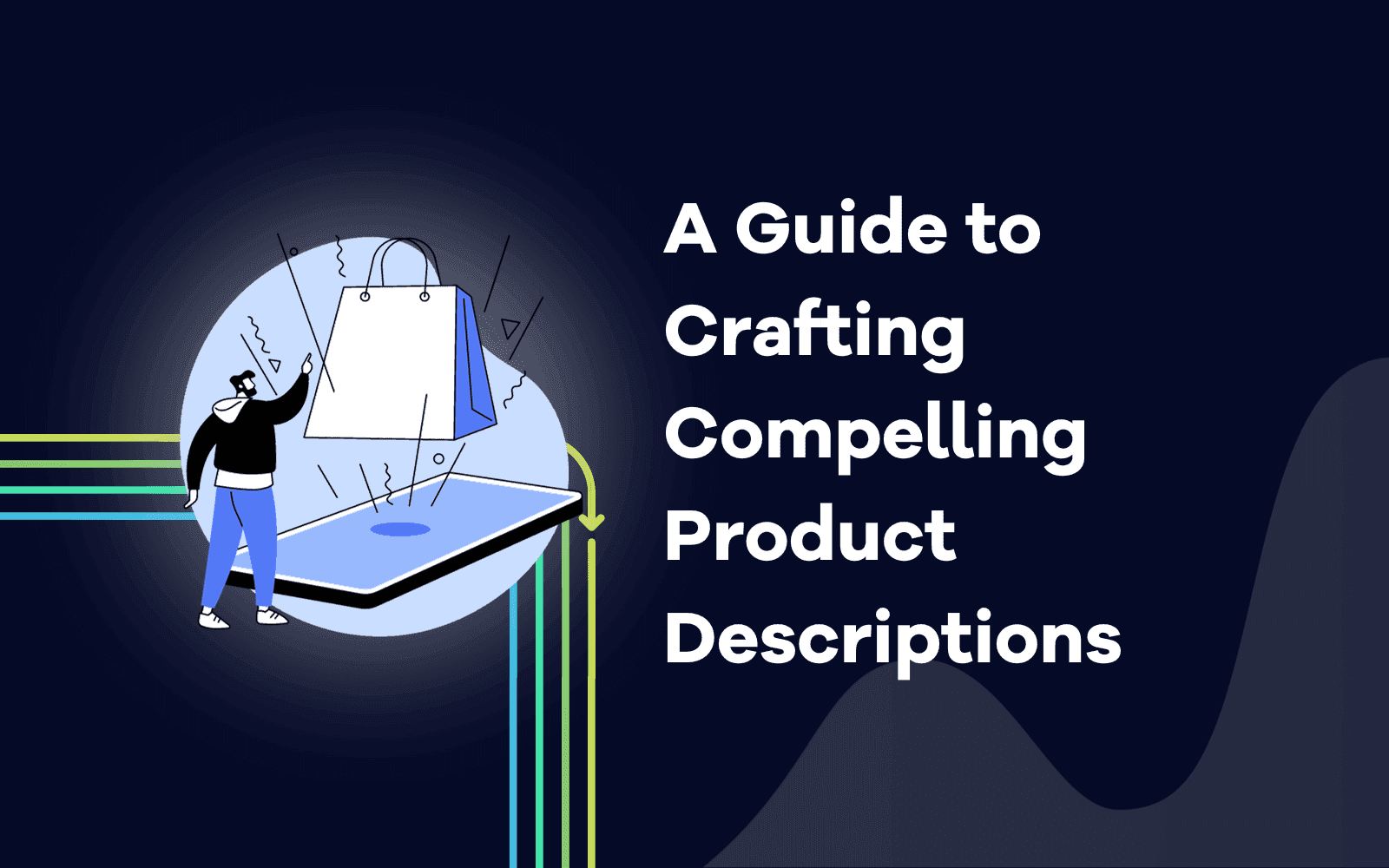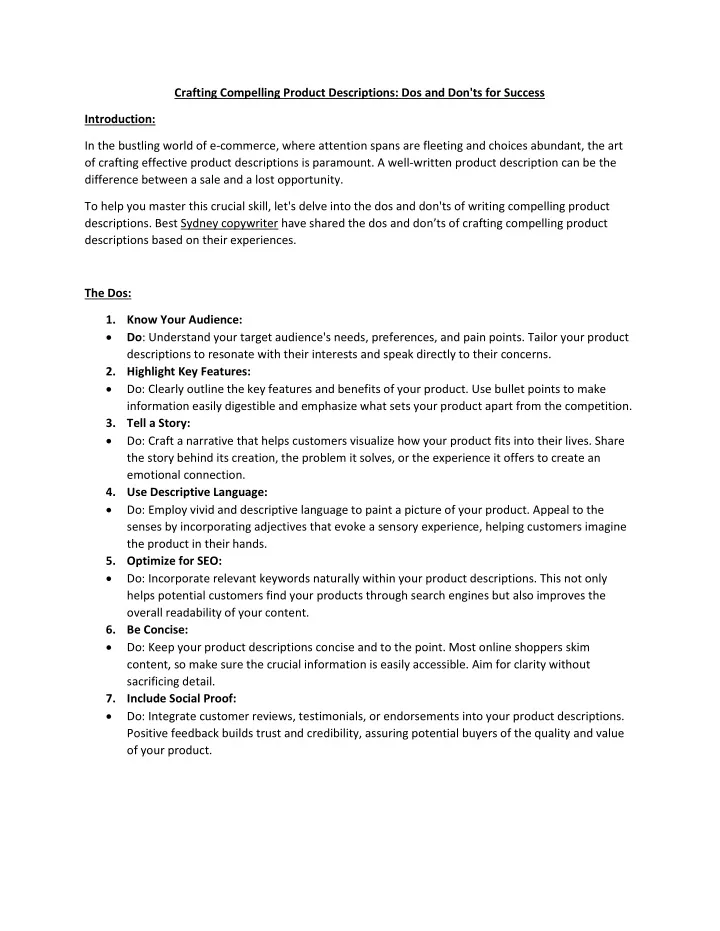Crafting Compelling Product Narratives: A Guide for Interior Design and Architectural Professionals

As an expert in both interior design and architecture, you possess a unique ability to blend form and function, aesthetics and practicality, to create spaces that resonate deeply with your clients. But how do you effectively communicate the value of your expertise to potential customers, turning them into enthusiastic clients?
This guide will delve into the art of crafting compelling product narratives, focusing on the key features and benefits that resonate most with your ideal customer persona. We’ll explore how to translate your technical knowledge into a language that speaks directly to their needs and desires, ultimately driving informed purchasing decisions.

Understanding Your Ideal Customer Persona
Before diving into features and benefits, let’s define your ideal customer persona. This is a fictional representation of your target audience, encompassing their demographics, lifestyle, motivations, and aspirations.
Here’s a framework for crafting your ideal customer persona:

- Demographics: Age, gender, location, occupation, income level, education.
- Lifestyle: Hobbies, interests, daily routines, travel habits, social media usage.
- Motivations: What drives their decision-making? Are they seeking a functional space, a stylish home, an investment opportunity, or a reflection of their personal brand?
- Aspirations: What are their dreams and goals for their home? Do they envision a cozy retreat, a sophisticated entertainment space, or a family-friendly environment?
- Pain Points: What challenges do they face in their current living situation? Are they struggling with limited space, outdated design, or lack of functionality?



Key Features and Benefits for Your Ideal Customer Persona
Once you’ve defined your ideal customer persona, you can tailor your product narratives to address their specific needs and desires. Here are some key features and benefits to consider highlighting, categorized by common customer motivations:

1. Functionality and Practicality:

- Feature: Open floor plans, flexible layouts, smart home integration, energy-efficient design, accessibility features.
- Benefit: Maximizes space utilization, creates seamless flow, enhances daily living, reduces energy costs, promotes inclusivity.
- Example: "Our custom home plans prioritize functionality, offering open floor plans that maximize natural light and create a sense of spaciousness, perfect for families who love to entertain."


2. Aesthetics and Style:
- Feature: Contemporary design, traditional architecture, minimalist aesthetics, use of natural materials, personalized color palettes.
- Benefit: Creates a visually appealing and inviting space, reflects personal style, enhances mood and well-being, promotes a sense of harmony and balance.
- Example: "We specialize in crafting homes that reflect your unique style, whether you prefer the clean lines of contemporary design or the timeless elegance of traditional architecture."


3. Investment and Resale Value:
- Feature: High-quality construction, sustainable materials, strategic location, desirable neighborhood, future-proof design.
- Benefit: Increases property value, enhances long-term investment, attracts potential buyers, ensures a strong return on investment.
- Example: "Our custom home plans incorporate sustainable materials and energy-efficient design, ensuring a strong return on investment and enhancing your home’s resale value."

4. Personalization and Customization:
- Feature: Collaborative design process, client-centric approach, attention to detail, unique design elements, personalized finishes.
- Benefit: Creates a truly bespoke home that reflects your individual preferences, fosters a sense of ownership and pride, ensures a unique and memorable living experience.
- Example: "We believe in a collaborative design process, working closely with you to understand your vision and create a home that is as unique as you are."
5. Emotional Connection and Lifestyle:
- Feature: Natural light, outdoor living spaces, connection to nature, calming color palettes, comfortable and inviting interiors.
- Benefit: Promotes well-being and relaxation, creates a sense of peace and tranquility, fosters a connection to the natural world, enhances quality of life.
- Example: "Our designs prioritize natural light and outdoor living spaces, creating a sense of harmony between your home and the surrounding environment."
Translating Features into Benefits:
While features are the tangible aspects of your product or service, benefits are the intangible value they provide to your customers. To effectively communicate the value of your offerings, focus on translating features into benefits that resonate with your ideal customer persona.
Here are some tips for crafting compelling benefit statements:
- Use strong verbs: Instead of saying "This home has a large kitchen," say "This home offers ample space for culinary creativity."
- Focus on the emotional impact: Instead of saying "This home has a fireplace," say "This home creates a warm and inviting atmosphere for cozy evenings."
- Highlight the problem solved: Instead of saying "This home has energy-efficient windows," say "This home reduces your energy bills and minimizes your environmental impact."
- Use specific examples: Instead of saying "This home has a beautiful view," say "This home offers breathtaking panoramic views of the city skyline."
Crafting Compelling Product Narratives
Now that you understand the key features and benefits to highlight, let’s explore how to craft compelling product narratives that resonate with your ideal customer persona.
Here are some strategies for creating effective narratives:
- Start with a story: Engage your audience by sharing a compelling story about a client who benefited from your services.
- Use vivid imagery and language: Paint a picture in your audience’s mind with descriptive language and evocative imagery.
- Appeal to emotions: Connect with your audience on an emotional level by highlighting the feelings and experiences your product or service creates.
- Use testimonials and social proof: Showcase the positive experiences of past clients to build trust and credibility.
- Emphasize the unique value proposition: Clearly articulate what makes your product or service stand out from the competition.
- Use a call to action: Encourage your audience to take the next step, whether it’s scheduling a consultation, requesting a quote, or visiting your website.
Examples of Compelling Product Narratives:
Scenario 1: A young couple seeking a modern and functional home:
"Imagine a home that seamlessly blends style and functionality, a space where every detail is thoughtfully designed to enhance your daily life. Our modern home plans offer open floor plans that maximize natural light, creating a sense of spaciousness and flow. The sleek, minimalist design creates a calm and inviting atmosphere, while the smart home integration allows you to control your environment with ease. This is more than just a home; it’s a reflection of your modern lifestyle, a sanctuary where you can relax, recharge, and create lasting memories."
Scenario 2: A family seeking a spacious and comfortable home:
"Imagine a home where every member of your family feels loved and cherished, a space where laughter echoes through the halls and memories are made. Our custom home plans prioritize spaciousness and functionality, with open floor plans that create a sense of togetherness and dedicated areas for individual pursuits. The use of natural materials and calming color palettes creates a warm and inviting atmosphere, while the thoughtful design features ensure everyone feels comfortable and at ease. This is more than just a house; it’s a haven for your family, a place where love and laughter thrive."
Scenario 3: A busy professional seeking a luxurious and relaxing retreat:
"Imagine a home that is your personal sanctuary, a place where you can escape the hustle and bustle of daily life and reconnect with yourself. Our luxury home plans offer sophisticated design elements, high-quality finishes, and breathtaking views, creating a sense of serenity and tranquility. The use of natural materials and calming color palettes promotes relaxation and well-being, while the thoughtful design features ensure every detail is tailored to your comfort and convenience. This is more than just a home; it’s an oasis of peace, a place where you can truly unwind and recharge."
Conclusion:
Crafting compelling product narratives is an essential skill for any interior design or architectural professional. By understanding your ideal customer persona, highlighting key features and benefits, and using engaging storytelling techniques, you can effectively communicate the value of your expertise and turn potential customers into enthusiastic clients. Remember, your product or service is not just a collection of features; it’s a solution to your client’s needs, a reflection of their aspirations, and a key to unlocking a more fulfilling and enriching life.

